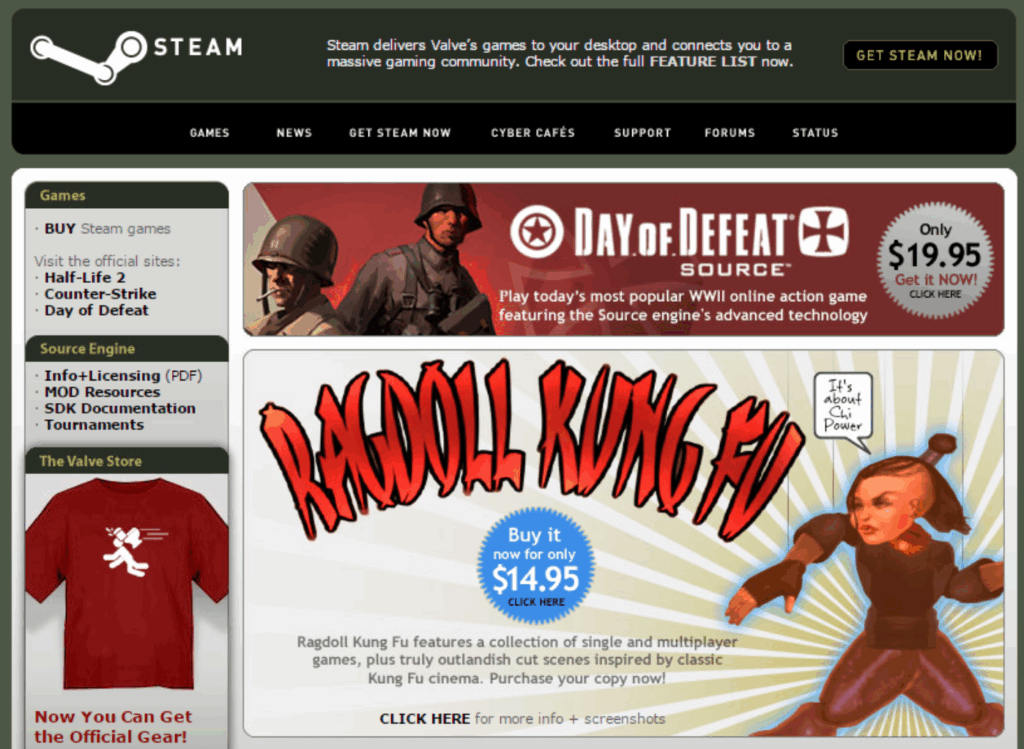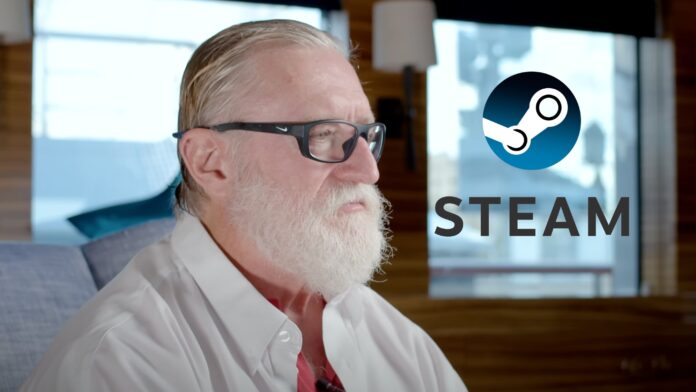Joost van Dreunen, academic, author and CEO of ALDORA, a data-driven intelligence firm in interactive entertainment, shares his insights into the business of video games. Sign up to his newsletter SuperJoost Playlist here. In 2003, Valve launched Steam to solve the patching nightmare of PC gaming. Two decades later, it’s defending the platform’s dominance in court, not from hackers, but from antitrust regulators who now see its marketplace success as potential market abuse. This week, Wolfire v. Valve reaches an important inflection point.
After the court certified the case as a class action suit, another round of expert testimony will be held this week. In November last year, the case shifted from a narrow grievance into a systemic challenge—one with legal, financial, and reputational consequences for the platform and, quite possibly, its peers. It echoes the same escalation we saw two weeks ago when a judge called out Apple on dragging its feet when told to allow alternative payments on its platform. What was a minor infraction in its vast ecosystem has evolved into an existential threat. More so, there’s a pattern here: platform holders do not respond kindly to any accusation of foul play. They are fiercely defiant and use their vast resources to defend themselves.
Consumer Fairness
At the core of the case are Steam’s parity requirements. These contractual clauses mandate that developers offer identical pricing and content on Steam as they do on any other digital storefront. The ostensible rationale is consumer fairness. The practical effect, however, is that it virtually eliminates platform competition. Alternative stores cannot underprice, offer early access, or differentiate through bundled content, thereby neutering their ability to attract both players and publishers. Being the biggest platform means getting to set the terms under which the rest of the market operates.

To date, Valve has largely been considered a benevolent innovator. Back in 2003, while the rest of the entertainment world was still fighting digital piracy with cease-and-desist letters, Valve built Steam. It was the first truly functional digital distribution system for PC games, providing automated updates, curbing cheating, and offering smaller studios a way to self-publish without paying for physical retail or console certification. The result was a golden era of indie game development and a PC gaming renaissance. Steam didn’t just capture a market; it created one.
Wildly profitable
But markets evolve, and so do the firms that dominate them. Fast forward two decades. Today, Steam is wildly profitable. Valve now generates an estimated $3.2 billionannually from Steam, while employing a mere 79 people to run the entire operation. Few firms can claim such levels of efficiency and profitability. In 2024, Valve generated around $42 million in average revenue for every Steam store-related employee. Even taken across the entire organization, Valve generates $9.5 million per employee. By comparison, for PlayStation, Nintendo, and Xbox, those numbers are $2.4 million, $1.5 million, and $1.1 million, respectively.

Its 30% commission fee hasn’t changed much since launch, despite seismic shifts in distribution economics. The central allegation in Wolfire v. Valve is that Steam’s parity requirements—rules that force developers to maintain the same pricing and content across all platforms—are not about consistency, but control. Specifically, they prevent rival stores like Epic Games Store or GOG from differentiating on anything but price, which is a nonstarter in a market where Valve holds the largest player base and the strongest network effects. Offering exclusive content on other platforms is not allowed for studios that wish to release their game on Steam. It leaves rival storefronts to fight Steam’s enormous scale (it recently recorded 40 million concurrent players on its platform) using price alone.
Tightly managed funnel
The legal filing includes internal emails that reveal just how aggressively Valve polices these rules. One employee wrote, “I told [publisher] it was bullshit to offer a higher discount on another platform, one week after our summer sale. We gave them a ton of exposure… only to have them beat the discount one week later.”
Another message warns that promotional visibility on Steam will be pulled if a title is available cheaper elsewhere. This isn’t a light-touch marketplace. It’s a tightly managed funnel where deviation is penalized—sometimes preemptively.
Economic experts are now quantifying the alleged harm. Schwartz estimates that Valve’s commission, in a competitive market, would fall closer to 17–18%, not 30%. Over the proposed class period, that difference translates into as much as $3.1 billion in overcharges to developers.
Apex predators
Valve, of course, argues that Steam is not a monopoly—it’s a two-sided platform facing robust competition from console ecosystems, mobile app stores, and first-party launchers. But that framing, much like Apple’s in its battle with Epic, ignores the structural chokepoints that platforms introduce. When one company controls discoverability, pricing, and monetization terms for a majority of the PC gaming market, it stops being a neutral conduit and starts looking a lot like a toll booth.

The broader context matters. Over the last decade, power in the games industry has shifted from creators to gatekeepers. Between 2015 and 2024, platform revenues more than tripled—from $19.1 billion to $68.4 billion. Across the industry, platforms have emerged as apex predators. Now that interactive entertainment is a more mature market, consumer demand has softened, and tariffs are looming, it is only expected that game makers will rail against their landlords. Digital markets are cluttered and increasingly costly to enter. By insisting on rigid pricing structures, platform holders are slowly smothering the ecosystem.
Consequences of winning/losing
The implications go far beyond Steam. A win for Wolfire could push down industry-wide commission rates and restore leverage to developers who want to offer better deals on alternative stores. A loss could cement the legal viability of parity clauses across tech, giving other platforms, from Apple to PlayStation, cover to further standardize and constrain their ecosystems.
Obviously, this case is about much more than Steam. If Valve’s parity clauses are ruled anticompetitive, it creates a legal playbook to challenge similar behavior across digital ecosystems. The ripple effect could hit app stores, console platforms, and even subscription services. It’s not just about price control—it’s about platform control. Parity in this context sounds like fairness, but in practice, it’s a velvet rope that locks out competition.
From revolution to bottleneck
Personally, I’m a big fan of Valve. It’s been an incredible source of innovation in the games industry and has convincingly delivered on Gabe Newell’s original vision that PC gaming was vastly superior to consoles when the former was less than 5% of the total market.

However, things change. After Valve helped save PC gaming in the early 2000s, today it controls access to the market. It pulls in billions by enforcing rules that smaller developers can’t challenge. For indies, that means higher fees, fewer pricing options, and limited discovery—unless you play by Valve’s rules. Consequently, game makers are retooling their business models by focusing on distribution strategies that reduce their reliance on gatekeepers.
The trial marks Steam’s monopoly moment—not just in public perception, but potentially in legal precedent. It’s also the latest swing of the Play Pendulum. Steam began as a distribution revolution, empowering creators and bypassing retail. Two decades later, it’s the bottleneck. Valve was a pioneer that became a powerful incumbent. What made Steam great -open access, creative freedom- is now being curtailed by the very platform that once championed it. Companies evolve. So should our scrutiny.

